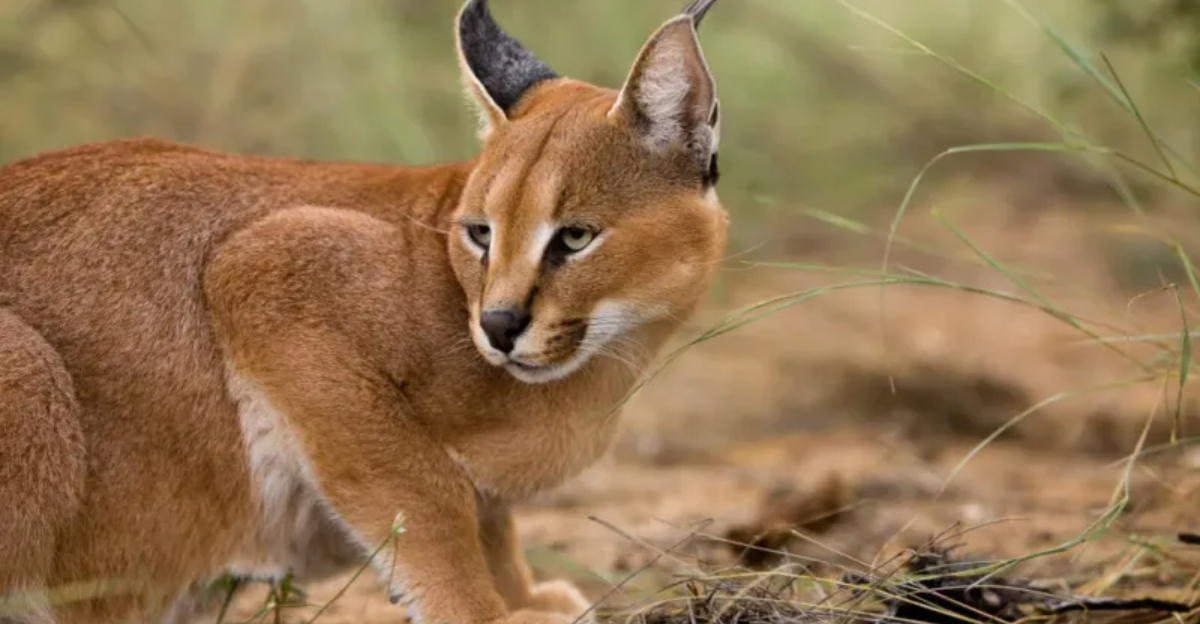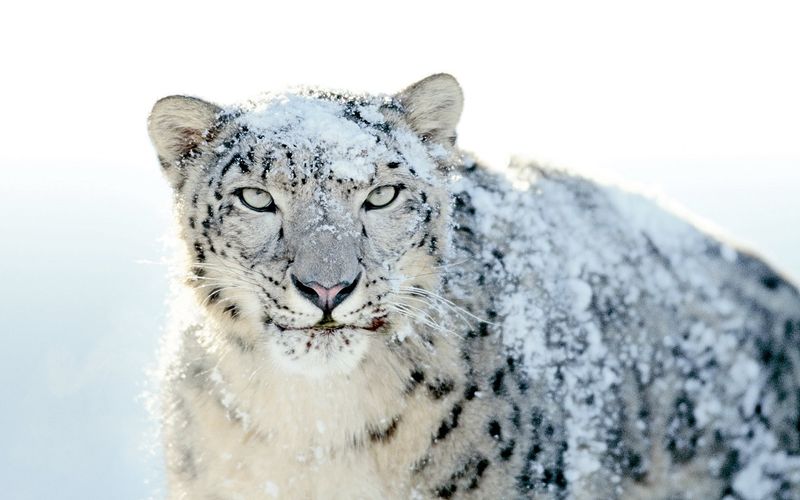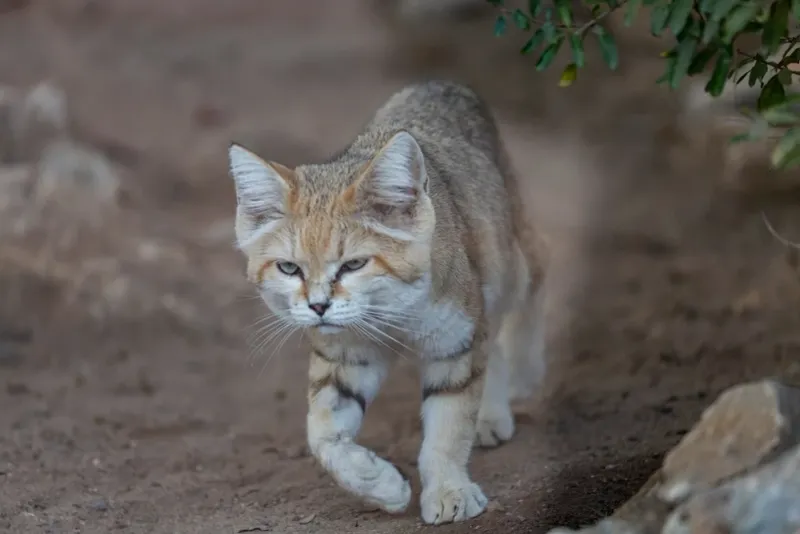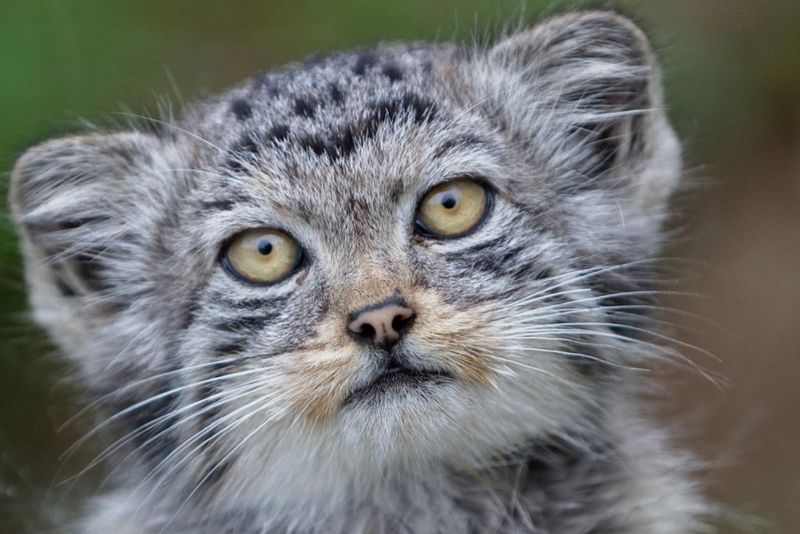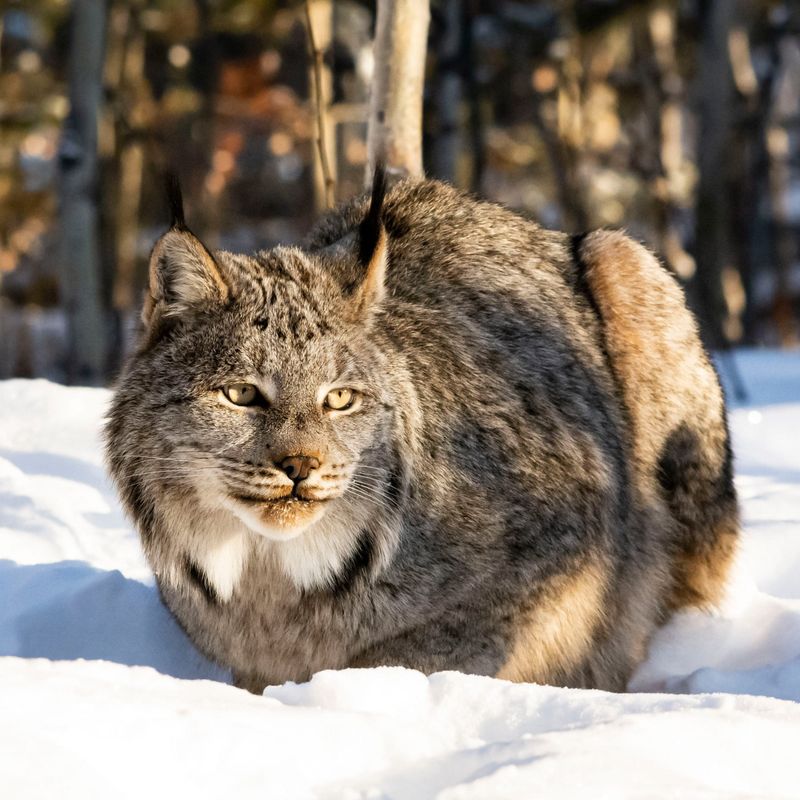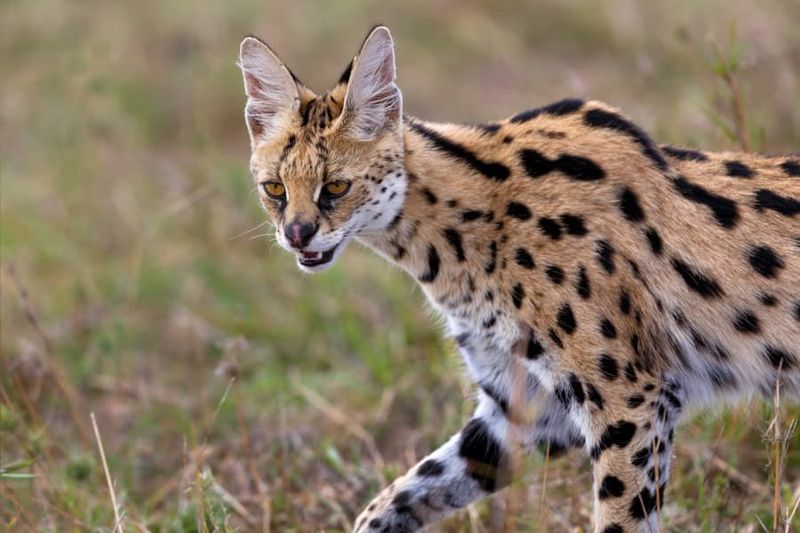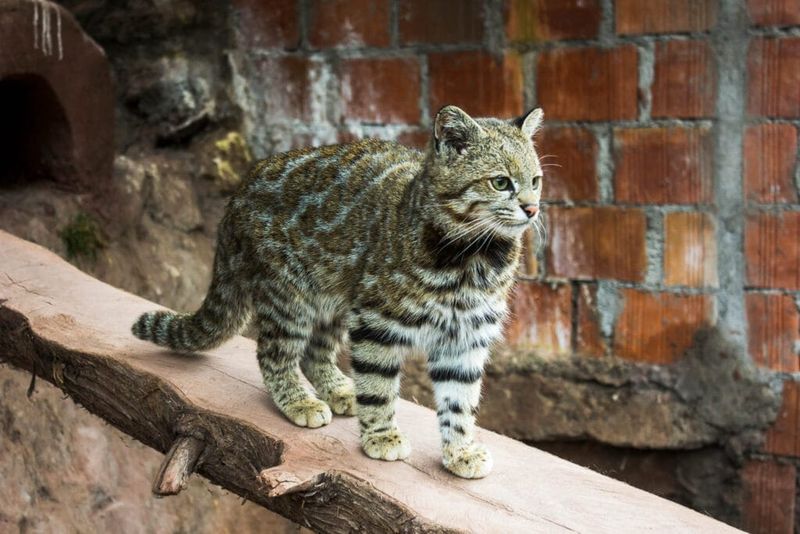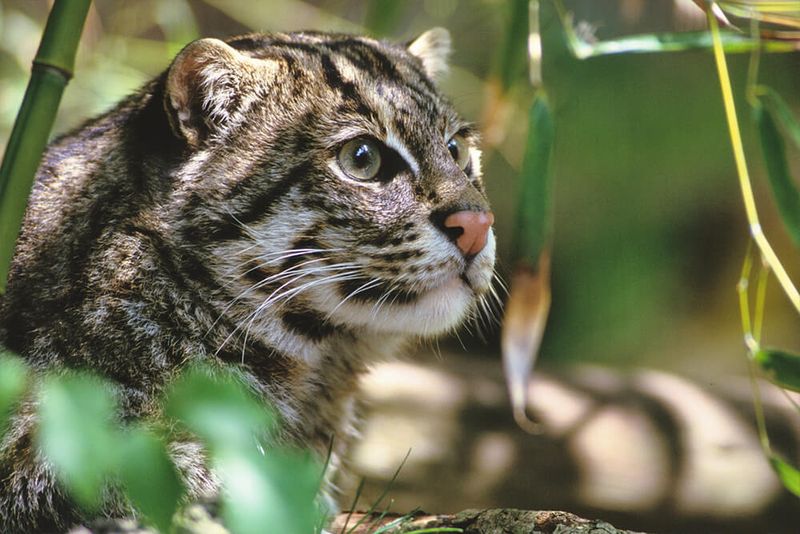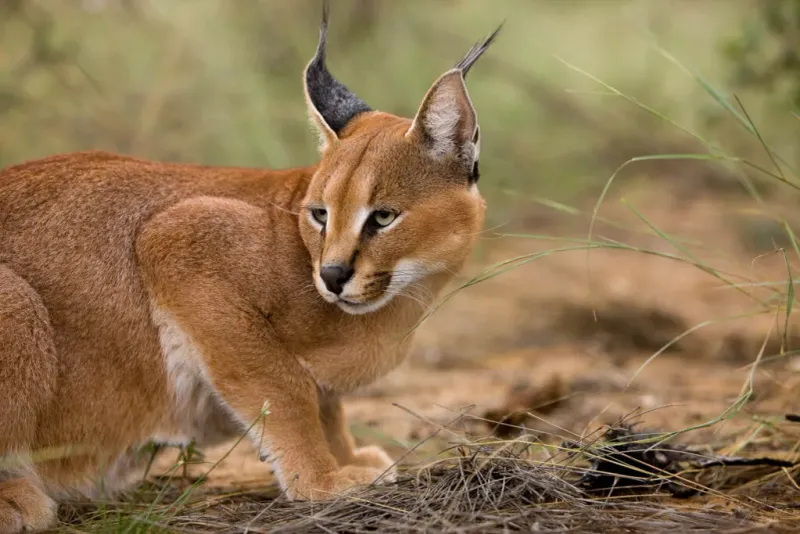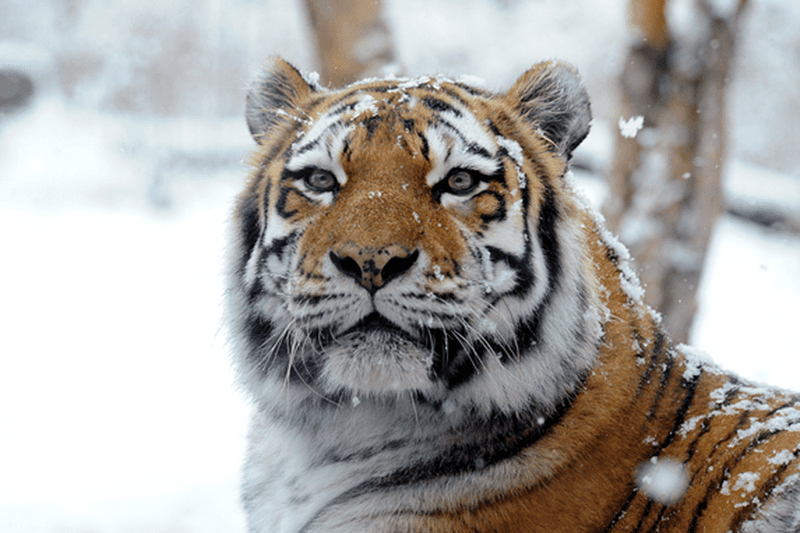📖 Table of Content:
Wild cats are among the most resilient animals on Earth, capable of surviving in some of the planet’s harshest environments. They can be found prowling across blistering deserts, dense jungles, rugged mountains, and icy landscapes. Each species has uniquely adapted to its environment with impressive efficiency.
These cats rely on finely tuned senses and stealthy movement to locate and ambush prey, even in areas where food sources are minimal. Their physical adaptations—such as thick fur, compact bodies, or long limbs—are tailored to meet the demands of their habitats. Whether enduring scorching heat or freezing winds, wild cats display a remarkable blend of strength and subtlety.
Beyond their physical traits, their survival often hinges on solitary, strategic behaviors. Many species are nocturnal, conserving energy during the hottest or coldest parts of the day. Their ability to remain elusive has not only helped them avoid predators but also allowed them to thrive largely undisturbed in remote regions.
1. Snow Leopard
Masters of the Himalayas, snow leopards roam at altitudes up to 18,000 feet where oxygen is scarce and temperatures plummet to -40°F. Their thick fur coats and wide, fur-covered paws act like natural snowshoes, distributing weight evenly across deep snow.
Their unusually long tails serve as both balancing poles for leaping across rocky terrain and cozy scarves when wrapped around their bodies during sleep. These elusive cats can leap six times their body length in a single bound. Snow leopards have adapted to the sparse food supply by hunting blue sheep and marmots, storing the energy from large meals for days when prey is unavailable.
2. Sand Cat
Sand cats thrive in the most brutal desert conditions on Earth, from the Sahara to the Arabian Peninsula. Their specialized kidneys require almost no water, allowing them to survive solely on moisture from their prey. Furry paw pads protect against scorching sand that can reach 180°F.
During daytime heat, these desert specialists shelter in burrows they dig with remarkable speed. Their pale, sand-colored coats provide perfect camouflage against predators and prey alike. Unlike most cats, sand cats have evolved extra-wide ear canals that can detect the movement of prey burrowing beneath the sand, making them lethal hunters even in the most barren landscapes.
3. Pallas’s Cat
Surviving the brutal steppes of Central Asia, Pallas’s cats endure temperature swings from -50°F to 90°F. Their round bodies and exceptionally dense fur (the longest and thickest of any cat species) contain nearly 9,000 hairs per square centimeter – almost twice that of domestic cats. Unlike their predatory cousins, these stocky felines don’t chase prey across open terrain.
They’ve developed a patient hunting style, remaining motionless for hours before ambushing pikas and voles. Their flat faces and low-set ears reduce heat loss in frigid conditions. When threatened, rather than fleeing, they flatten against the ground, relying on their earth-toned camouflage to blend perfectly with rocky surroundings.
4. Eurasian Lynx
Northern forest survivor, the Eurasian lynx navigate the harsh boreal forests stretching from Scandinavia to Russia. Their massive snowshoe-like paws distribute weight perfectly, allowing silent movement across deep snow that would trap other predators. These patient hunters can track prey for days through blizzard conditions. Their tufted ears work like parabolic dishes, detecting the slightest movements of prey even under snow cover.
Winter brings a remarkable transformation as their summer coat thickens into dense fur with up to 9,000 hairs per square inch. This insulation is so effective they can sleep comfortably on snow without melting it, preserving body heat even when temperatures drop to -40°F.
5. Serval
Adaptable African specialists, servals navigate environments ranging from semi-arid savannas to flood-prone wetlands. Their remarkably long legs – proportionally the longest of any cat – keep their bodies dry in marshy terrain while providing exceptional leaping ability. Servals possess the largest ears relative to body size of any cat, capable of rotating independently to pinpoint the rustling of rodents hidden in tall grass.
Their specialized hunting technique involves a dramatic vertical pounce from up to 10 feet high, striking with deadly accuracy. During droughts, these resourceful cats can extract burrowing prey from dried mud using their oversized front paws. They require so little drinking water that they can survive solely on moisture from their kills.
6. Andean Mountain Cat
Among the rarest felines on Earth, Andean mountain cats have conquered life above 13,000 feet in the oxygen-poor regions of the Andes. Their thick, silvery-gray coats provide insulation against nighttime temperatures that regularly plunge below freezing, while their stocky builds conserve precious heat.
Few mammals can digest food efficiently at such extreme altitudes, but these cats have developed specialized digestive systems to extract maximum nutrition from mountain viscacha (rodents) and birds. Their enlarged nasal cavities warm frigid air before it reaches their lungs. To navigate treacherous rocky slopes, they’ve evolved unusually thick, rigid tails that function as balancing poles – comprising nearly 75% of their body length.
7. Fishing Cat
Defying the typical feline aversion to water, fishing cats have mastered life in the disappearing wetlands of Southeast Asia. Their dense, double-layered coats contain specialized guard hairs that repel water while trapping insulating air against their bodies, keeping them warm during extended hunting swims. Unlike other cats, their partially webbed paws provide exceptional underwater propulsion.
They’ve developed a unique hunting technique – slapping the water’s surface to mimic falling insects, attracting fish they then dive to catch. These aquatic specialists can even swim completely submerged, using their powerful tails as rudders. Their specially positioned eyes allow simultaneous above and below-water vision, giving them a critical advantage when hunting in murky waters.
8. Caracal
Desert and semi-arid specialists, caracals thrive across the harshest regions of Africa and the Middle East. Their compact, muscular bodies store water with remarkable efficiency, allowing survival where rainfall might occur just once yearly. The caracal’s extraordinary leaping ability – up to 10 feet high from a standing position – enables them to snatch birds from mid-air.
Their distinctive ear tufts actually enhance their already exceptional hearing by channeling sound waves toward their ear canals. Few predators can match their speed in short bursts, reaching 50 mph to capture prey in environments where stalking cover is minimal. Their specialized throat muscles produce the widest range of vocalizations among wild cats, using different calls to claim territory across vast desert ranges.
9. Siberian Tiger
The ultimate cold-weather predator, Siberian tigers patrol territories spanning hundreds of square miles in Russia’s Far East, where winter temperatures regularly reach -50°F. Their thick winter coats grow to nearly 3 inches long, complemented by a 4-inch layer of fat that insulates vital organs.
These northern giants have evolved disproportionately large paws – measuring up to 8 inches across – that distribute their weight across deep snow like natural snowshoes. Their bushy facial fur protects exposed skin from frostbite while specialized blood vessels conserve heat. When food becomes scarce during the harshest winter months, they can bring down prey as large as adult moose, storing enough energy from a single kill to survive for two weeks.
